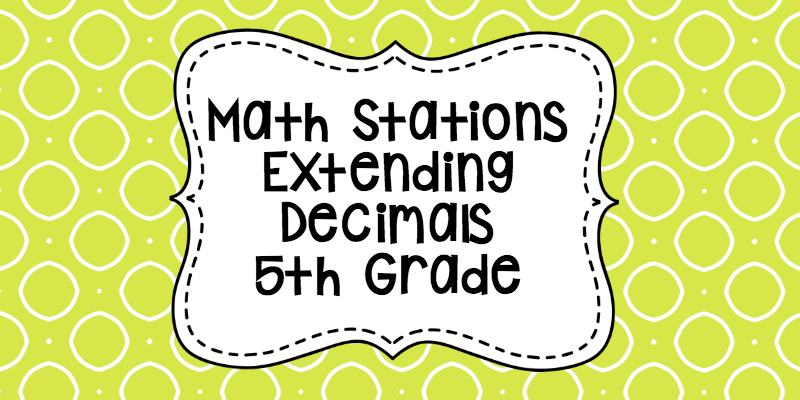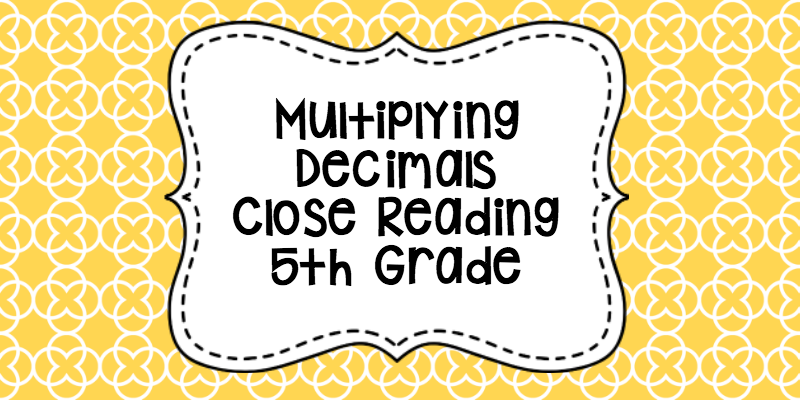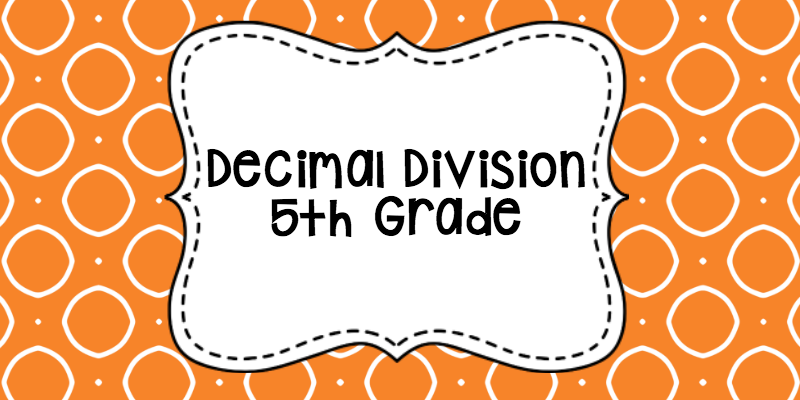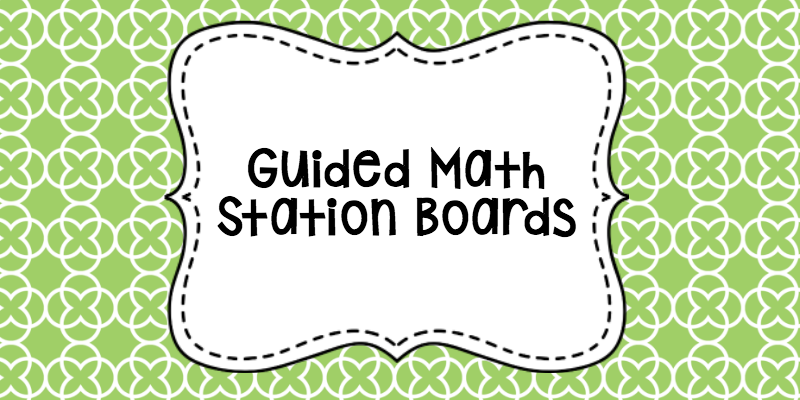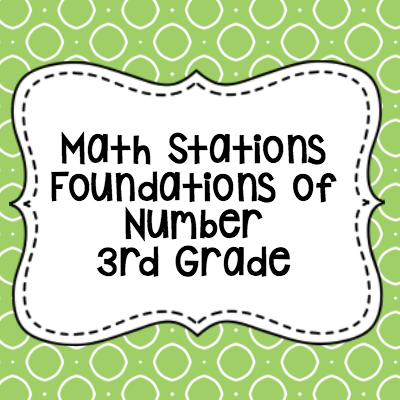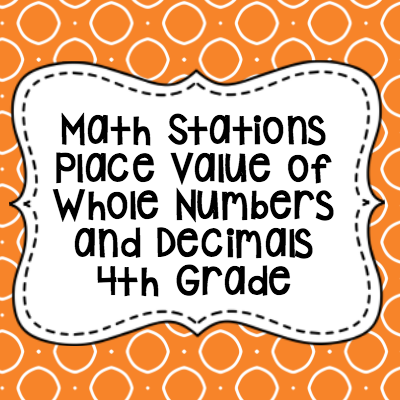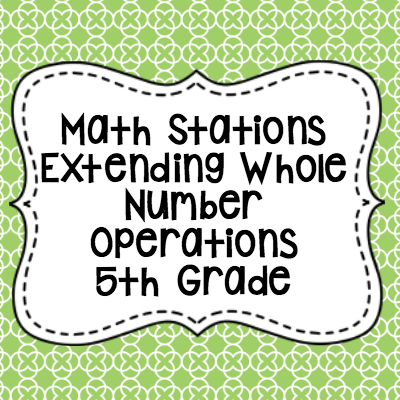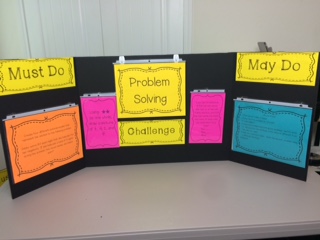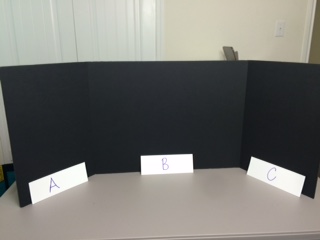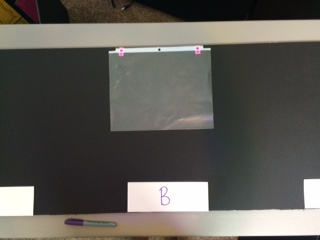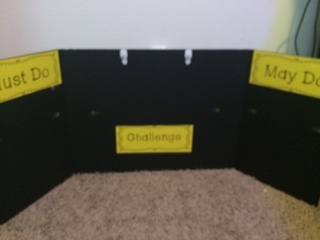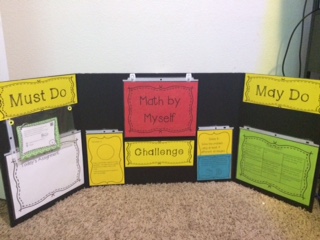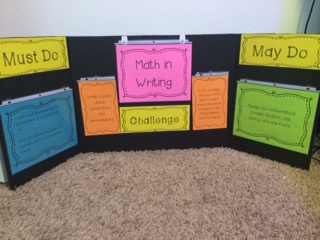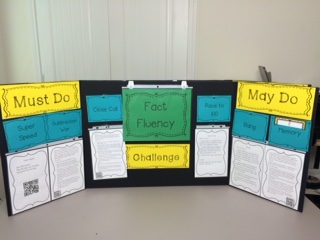Decimals are skills to practice all year! These math stations can help! 4 different station board activities are included. Print and fill the pockets! (Instructions for making the boards are included.) No laminating and minimal prep work saves you time! Print on colored paper to spice things up! When the unit is over, simply put the next unit in and you are ready to go! 20 color task cards (also in black and white for easy printing!) with QR codes for self-checking are included. Use these for review after the unit, or in small group for Guided Math. 3 whole class games are included!
This Math Station Board groups student expectations 5.2A, 5.2B, 5.2C, 5.3A, 5.3K, 5.4F addressing foundational understandings of decimals as well as adding and subtracting of decimals through the thousandths place.
Includes:
Problem Solving:
Must Do problems- each with 5 problems based on a scenario. Student pages included.
2 sets of May Do problems- each with 4 problems using real world examples. Student pages included.
Challenge problems- 2 questions total.
Math by Myself:
Today’s Assignment sheet
I Can Statements with faces students can color to evaluate their own learning.
Challenge problems- 2 questions total.
Math in Writing:
Must Do Problem
1 Choice Board for May Do
Challenge problems- 2 questions total
Math with Someone:
Frayer models and a vocabulary list
Memory cards for vocabulary game
Race to the Pet Store- task card game
20 Task cards for objectives 5.2A, 5.2B, 5.2c, 5.3A, 5.3K, 5.4F
Also included:
Instructions for making the boards
3 whole class games to play with your class
**Answer key is not included for the stations- yet! The answer key is included for the Task Cards.
